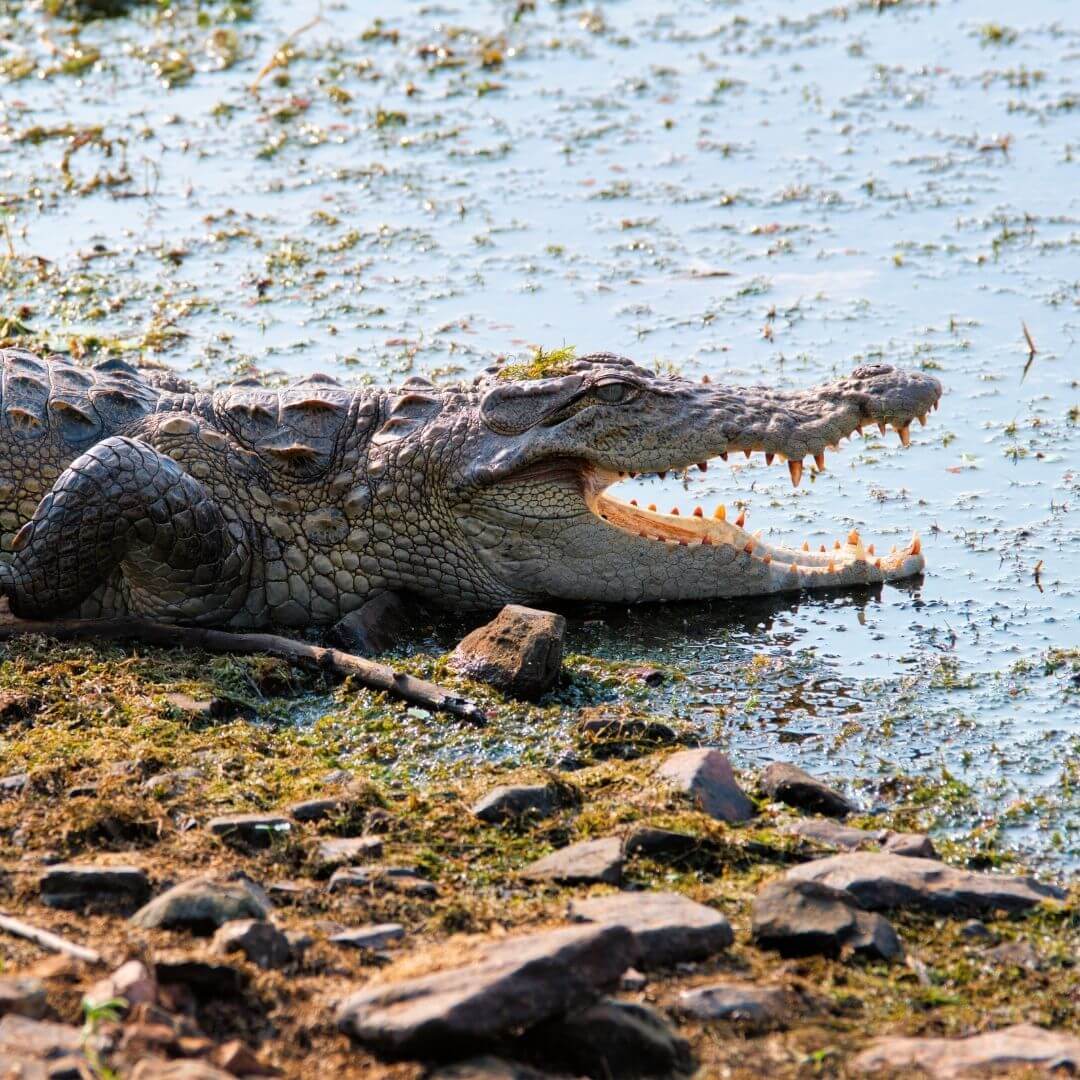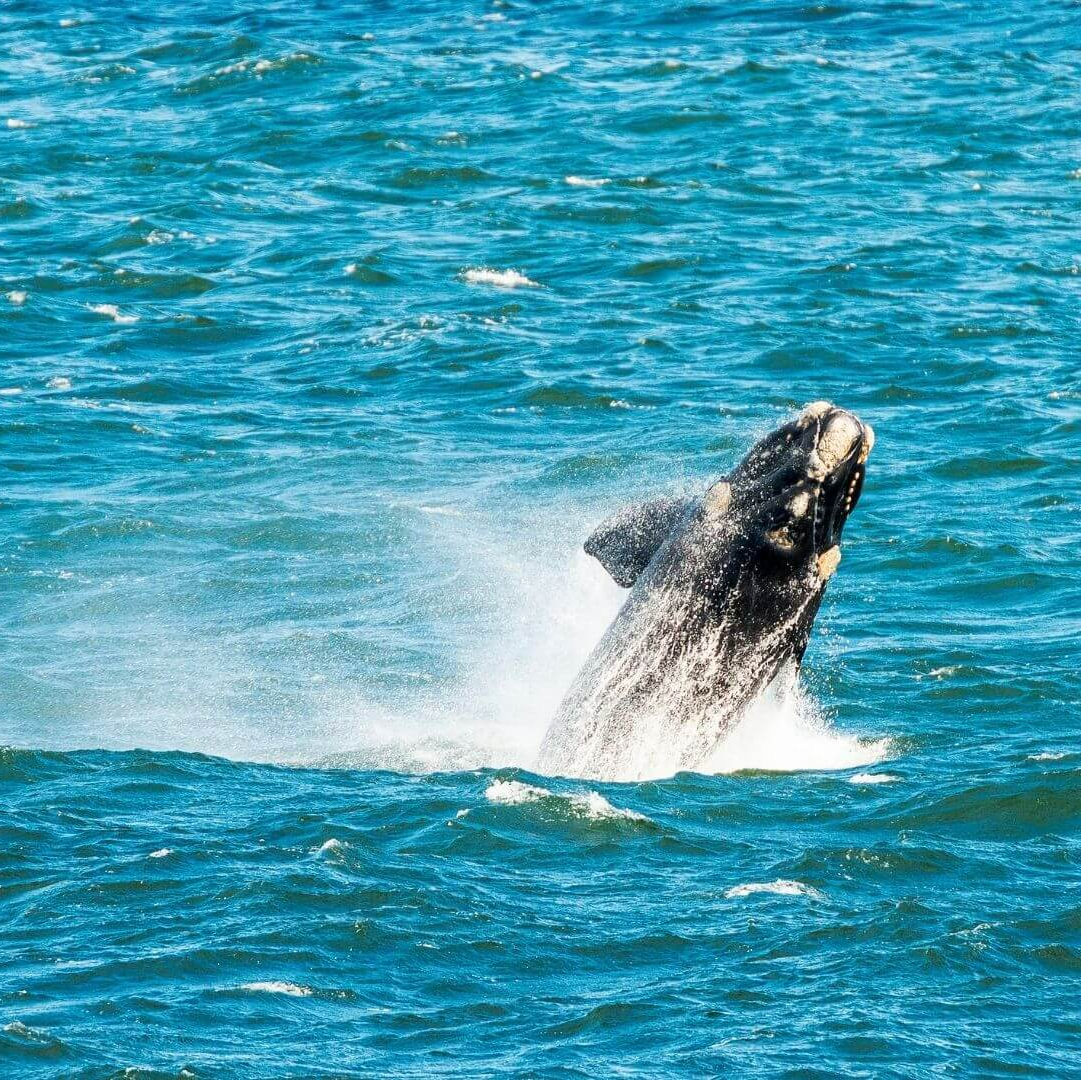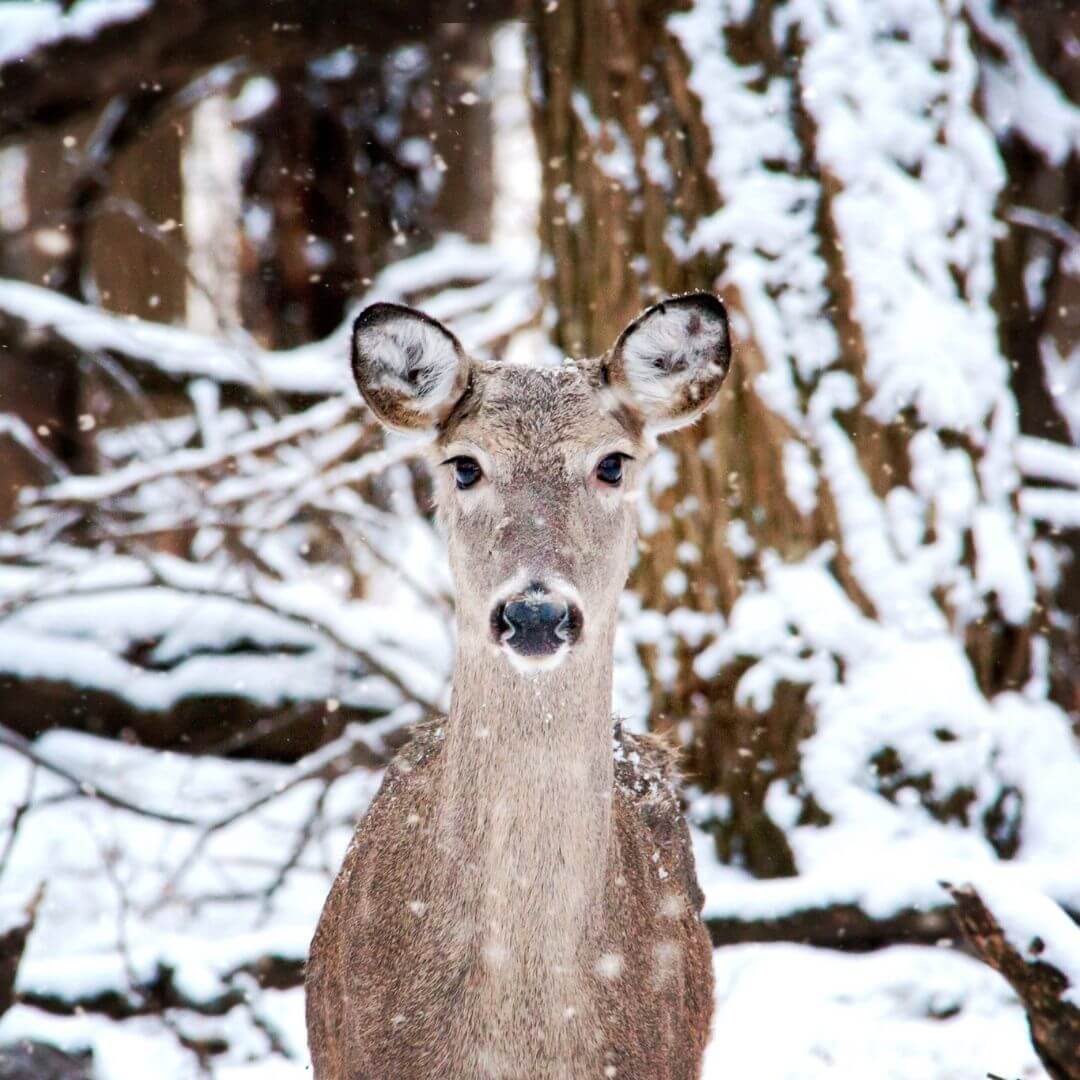Symbiosis

What Is Symbiosis?
Word of the Week
Symbiosis
Symbiosis is a relationship between two different species where at least one organism benefits.
Mutualism, commensalism, and parasitism are all examples of symbiosis!
There are 3 types of symbiosis!

Mutualism
Mutualism occurs when both species benefit from the interaction.
Crocodiles have a mutualistic relationship with plover birds. Plover birds will eat leftover food from between the crocodile's teeth, giving the bird a free meal and the crocodile a trip to the dentist.

Commensalism
Commensalism occurs when one species benefits from the interaction while the other is unaffected.
Barnacles and whales are a good example of commensalism. Barnacles hitch a ride on whales which allows them to capture and eat more plankton while the whale is unaffected by the barnacles' presence.

Parasitism
Parasitism occurs when one species benefits from the interaction while the other is harmed.
Ticks and some mammals, like deer or mice, have a parasitic relationship. Ticks feed on the blood of their host, which can harm the host and even transmit diseases. The tick benefits while the deer is harmed.
Species Spotlight
Marine Iguanas
Amblyrhynchus cristatus
Marine iguanas are an incredible reptile found only on the Galapagos Islands about 600 miles off the coast of South America. They are the only lizard in the world that gets its food from the ocean. Marine iguanas feed on algae that grows on rocks up to 60 feet beneath the surface. They use their powerful tails to swim to the algae and can hold their breath for up to 10-minutes while they feed! When not feeding, marine iguanas can be found basking on sandy beaches or rocky shores where they interact with many other species!
Marine iguanas are often covered in pesky ticks and dead skin. Small birds, other lizards, and even sally lightfoot crabs have been seen picking ticks and dead skin off the backs of marine iguanas! This mutualistic relationship provides the birds, lizards, and crabs with an easy snack, while the marine iguanas are cleaned of parasites and hard-to-reach skin.
BRAIN BLAST
Do any symbiotic relationships exist in the ecosystem where you live? See if you can identify examples of mutualism, commensalism, and parasitism.
Conservation Corner
Pollination Crisis
One of the most important symbiotic relationships in the world is that between pollinators and plants. More than 200,000 species of plants depend on pollinators, like bees and butterflies, to spread pollen between flowers. Some of these plants are important crops that humans depend on for food. Unfortunately, this symbiotic relationship is being threatened. Populations of bees and butterflies are shrinking because their native habitat is being turned into cities, roads, and farms. As native plants are replaced with crops for human use, pollinators lose their usual feeding and nesting sites. To help support populations of pollinators, you can plant native plants in your garden, create a "bee bath," and be kind to your bee and butterfly friends.
Symbiosis Situation
Determine if each relationship below is mutualism, commensalism, or parasitism.
Glossary
Commensalism
A symbiotic relationship where one species benefits and the other is unaffected by the interaction.
Competition
An interaction between organisms where both are working to obtain the same resource.
Direct Interaction
An instance where the actions of one organism impacts another.
Indirect Interaction
An instance where the actions of one organism impacts another through a third organism.
Interspecific Interaction
An instance that occurs between two different species.
Intraspecific Interaction
An instance that occurs within the same species.
Mutualism
A symbiotic relationship where both species benefit from the interaction.
Parasitism
A symbiotic relationship where one species benefits and the other is harmed by the interaction.
Predation
A direct interaction that occurs when one organism eats another.
Symbiosis
An interspecific interaction where at least one species benefits.





